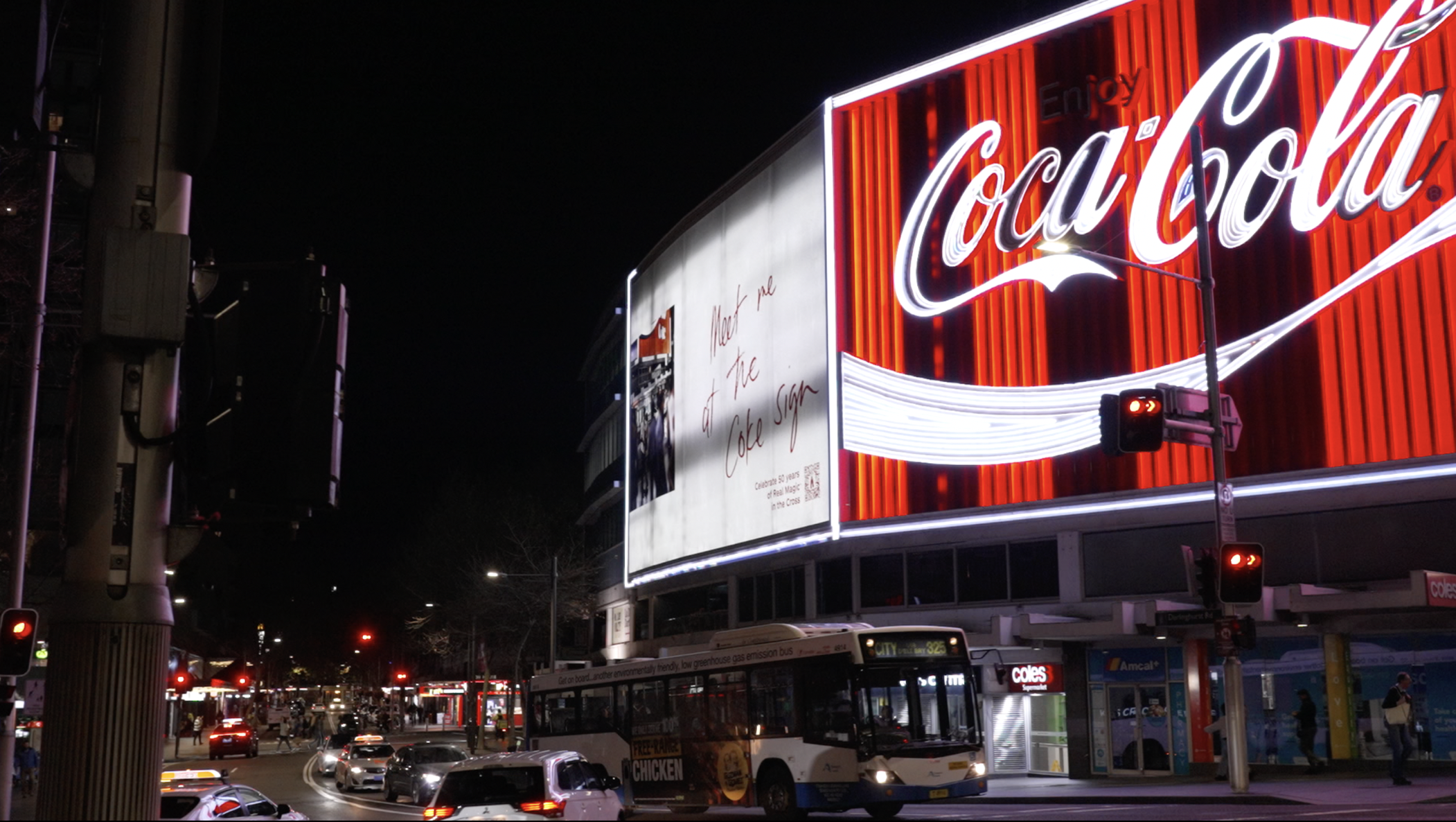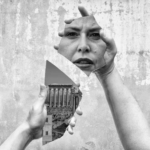TRIGGER WARNING: Please note, this article discusses issues of disordered eating and mental health.
At only 19, Olivia* skipped dinner and felt proud of it. That’s when she knew something wasn’t right.
“I didn’t think I had a problem,” she said. “But I was spending three hours a day scrolling through TikTok watching ‘what I eat in a day’ videos and all of a sudden three meals felt like too much for me.”
Olivia, now 21 and a recent university graduate, is recovering from an eating disorder she believes was triggered by the TikTok algorithm and the content forced upon her.
“Every time I opened the app, I saw influencers with perfect bodies talking about ‘clean eating’ and cutting out carbs,” she said of the multitude of health and fitness creators “masking” restrictive eating behind a life of wellness.
“They weren’t saying it was a diet, but it always was,” she claimed.
Central News does not suggest TikTok influencers are deliberately causing eating disorders.
And, Olivia’s not alone. A 2024 survey by the Butterfly Foundation found that 61.7 per cent of young Australians aged 12 to 18 reported feeling dissatisfied with their bodies due to social media. This 12 per cent increase since 2022 reflects growing concerns about the platform’s impact on youth mental health.
This emotional toll is not always visible. There is rising alarm exposure to idealised body content can silently shape self-image, leading to long term identity issues before any medical symptoms appear.
The app, used by almost 40 per cent of Australians aged 16-24, uses an algorithm that quickly learns and reinforces user interests. For Olivia, this meant that watching just one video on low calorie meals sent her down a rabbit hole.
The young TikTok user said she started skipping meals, weighing herself constantly and fixated on every aspect of her body.
“The more I watched, the worse it got,” she said. “I felt like I wasn’t trying hard enough even if I ate a sandwich.”
TikTok publicly states that it does not allow content that promotes eating disorders. However, the videos often appear in disguised forms, wrapped in “wellness” language or posted under vague hashtags like #healthylifestyle.
“You can’t control what you don’t even understand,” Olivia said. “They say they’ve banning harmful content but it’s still everywhere and I’m an example of it.”
Earlier this year, the Australian eSafety Commissioner launched an investigation into harmful algorithmic practices on social media, including the promotion of disordered eating.
Teens need to learn how algorithms work. We’re not just choosing content, it’s choosing us too.
Despite the rising dangers, TikTok remains a crucial space of expression and community for many young people.
“I still use it,” Olivia admitted. “But now I follow recovery accounts and body positive creators.
“I set needed boundaries.”
She believes the solution isn’t deleting the app, but education.
“Teens need to learn how algorithms work,” she said. “We’re not just choosing content, it’s choosing us too.”
If you or someone you know is struggling with an eating disorder, support is available. Call the Butterfly Foundation on 1800 33 4673.
* Not her real name.
Main image montage created on Canva.




























